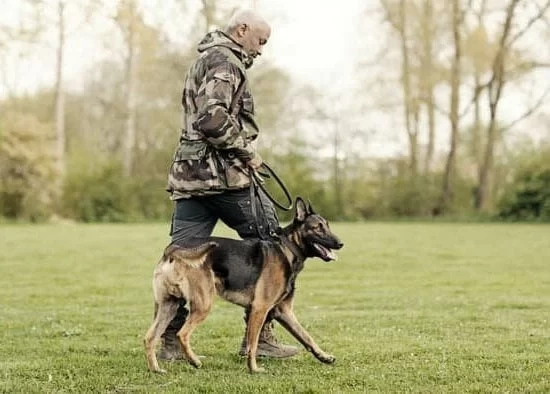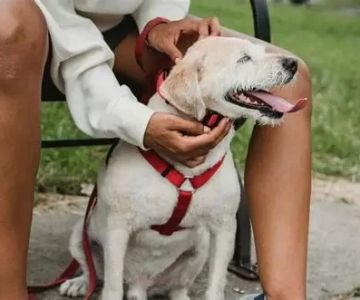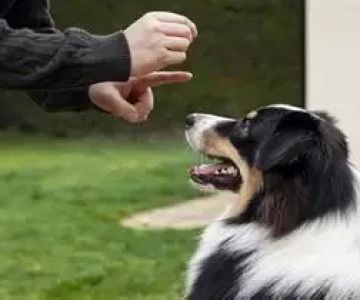- 1-understanding-the-psychology-of-a-rescue-dog
- 2-establishing-trust-during-the-first-week
- 3-laying-the-foundation-of-good-behavior
- 4-overcoming-setbacks-and-behavioral-challenges
- 5-creating-a-long-term-training-plan
1. Understanding the Psychology of a Rescue Dog
Training your rescue dog begins with understanding their past. Many rescue dogs come from environments of neglect, abandonment, or instability, which deeply impacts their sense of security. Your new companion may exhibit behaviors rooted in trauma, such as fear-based aggression, withdrawal, or hyper-vigilance. Recognizing this emotional backdrop helps you respond with patience instead of frustration.
1.1 Fear and Trust Are Deeply Intertwined
Unlike puppies raised in nurturing homes, rescue dogs may not trust humans easily. Before expecting obedience, you must first establish a bond. One shelter volunteer shared how a pit bull named Shadow wouldn’t make eye contact for two weeks after adoption. It wasn’t until the owner began hand-feeding meals and sitting silently nearby each evening that Shadow initiated closeness. Training your rescue dog starts by showing them you’re not a threat.
1.2 Let Go of Timelines
Every rescue dog has a unique pace of healing. Some bond within days, others may take months. Don't compare your journey to viral stories where dogs miraculously behave perfectly on day three. Progress is non-linear, and your patience will pay off long-term.
2. Establishing Trust During the First Week
That first week home with your rescue dog sets the emotional tone for the relationship. This is when you lay the groundwork not just for behavior, but for lifelong trust.
2.1 Create a Predictable Environment
Routine is your best ally. Feed, walk, and rest at the same times daily. Keep voices calm and movements slow. For a dog that has lived in chaos or crates, consistency signals safety.
2.2 Give Space Before Asking for Affection
Many adopters make the mistake of overwhelming their dog with love. Let your dog come to you. Offer treats and sit on the floor with your body turned sideways—a non-threatening posture. If they lie beside you or rest their head on your leg, that’s a major milestone in trust building.
3. Laying the Foundation of Good Behavior
Once trust begins to form, you can gently introduce basic training. Keep in mind: training your rescue dog is as much about your consistency as their response.
3.1 Start with Simple Cues
“Sit,” “stay,” and “come” should be taught using positive reinforcement. Use soft praise and high-value treats like boiled chicken or freeze-dried liver. Avoid punishment-based methods, especially early on, as they can shatter fragile trust.
3.2 Leash Walking is a Bonding Tool
Daily walks are not just for exercise—they teach your dog to look to you for guidance. Use a front-clip harness if your dog pulls or panics. One adopter of a rescued hound named Bella shared how leash training improved her dog's impulse control and attention span dramatically over a month.
4. Overcoming Setbacks and Behavioral Challenges
Not every day will be smooth, and setbacks are common in rescue dog training. The key is recognizing behaviors not as defiance, but communication.
4.1 Separation Anxiety and Crate Training
If your dog barks or destroys furniture when left alone, it may be experiencing separation anxiety. Crate training using positive association (treats, toys, calming music) can help your dog feel secure in your absence.
4.2 Reactivity or Aggression
If your rescue lunges at other dogs or strangers, it may be due to fear—not dominance. Consider working with a certified dog trainer or behaviorist. For pet parents near us, Hidden Brook Veterinary offers behavior consultations tailored for rescue dogs.
5. Creating a Long-Term Training Plan
Training your rescue dog doesn't stop once they learn to sit. It’s a lifelong process that evolves with your bond and their needs.
5.1 Advanced Skills and Enrichment
Once basics are mastered, introduce mental enrichment like puzzle toys, agility games, or scent work. These not only reduce boredom but enhance your dog’s confidence and problem-solving ability.
5.2 Check-ins and Wellness Monitoring
Regular health check-ups are crucial. Behavioral shifts can signal physical issues—so if your well-trained dog suddenly starts growling or hiding, consult a vet. At Hidden Brook Veterinary, our team understands how emotional health and physical health are interconnected in rescue pets.
Ultimately, training your rescue dog is a journey of mutual growth. You’re not just teaching obedience—you’re showing an animal that they are finally safe. And in return, they’ll reward you with the most loyal love you’ll ever know.












